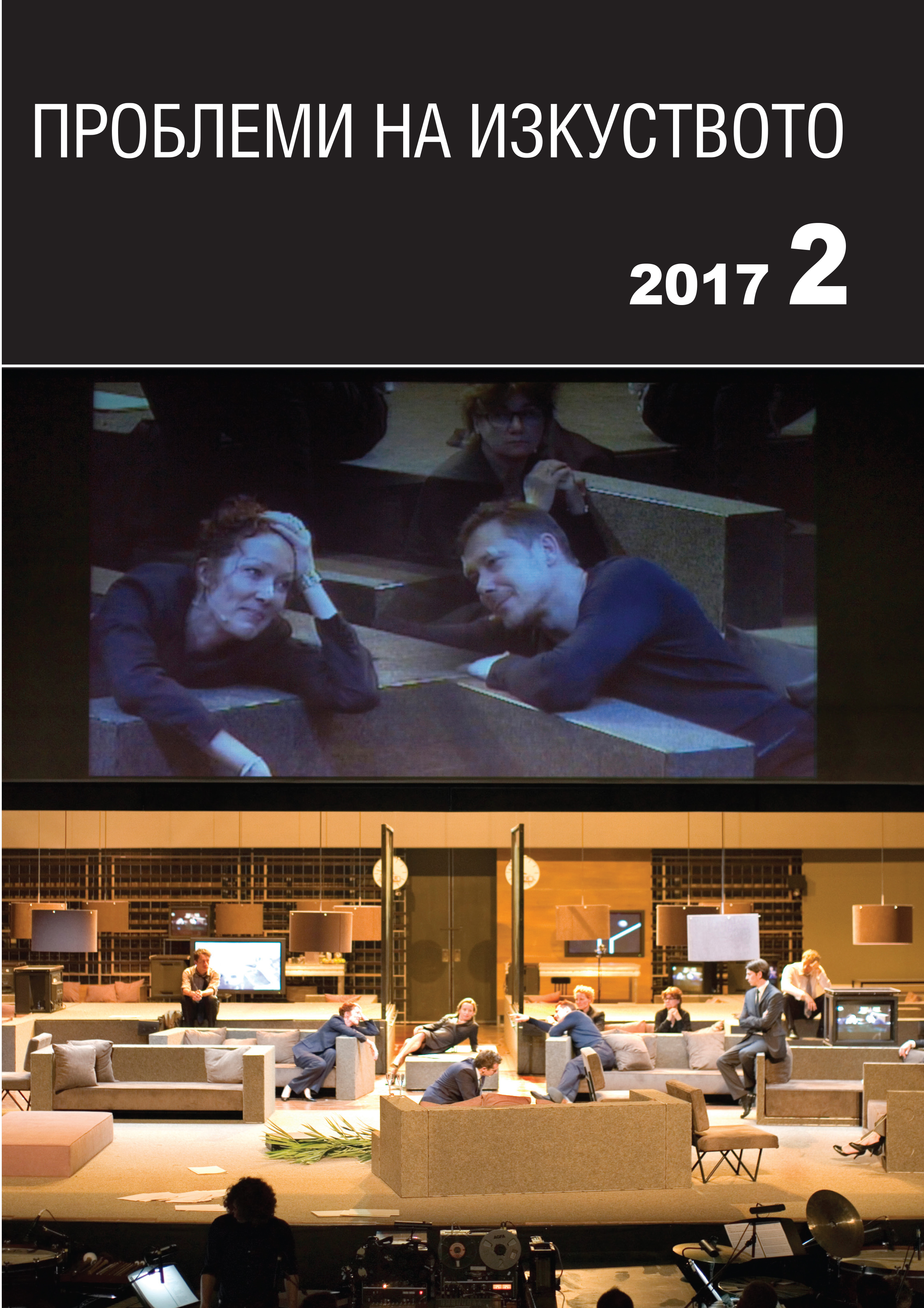Гранични дискурсивни практики в текста за театър
Borderline discursive practices in dramatic texts
Author(s): Nikolay YordanovSubject(s): Theatre, Dance, Performing Arts, Fine Arts / Performing Arts, Visual Arts
Published by: Институт за изследване на изкуствата, Българска академия на науките
Summary/Abstract: European drama from the Renaissance until the advent of post-dramatic texts for the stage remains guided by two fundamental discursive principles laid out in dramatic texts: the lines spoken by the characters and stage directions. Apart from these there are also other discursive formations discernible in the form of textual elements outside the core text or the so-called paratexts (titles, genre definitions, dedications, etc.). Still, they do not necessarily have a clear hierarchy and the borderline between them should be deemed to be rather fuzzy. A number of examples are given from texts by Sakespeare, Gogol, Maeterlinck, Strindberg, Chekhov, Shaw, Wilde, Brecht, Beckett, Handke, etc., to evince various borderline cases: 1. Between paratexts and extratexts; 2. Between remarks and paratexts; 3. Between lines and remarks. Other borderline cases could be added here as remarks, for example, are divided between narrativity and stage directions; the lines spoken by the characters are exploited for the benefit of this or that author’s stand and so on. The overlapping of discursive practices (lines, remarks, paratexts) with each other is a zone worth studying. The concomitant extratexts or other texts, either authorial or someone else’s, which could be compared to a text’s aura, are also creating similar overlapping zones. What we have here are verbal plays, where the sense of or the intuition about their theatrical purpose may generate a variety of transformations.
Journal: Проблеми на изкуството
- Issue Year: 2017
- Issue No: 2
- Page Range: 7-11
- Page Count: 5
- Language: Bulgarian
- Content File-PDF

